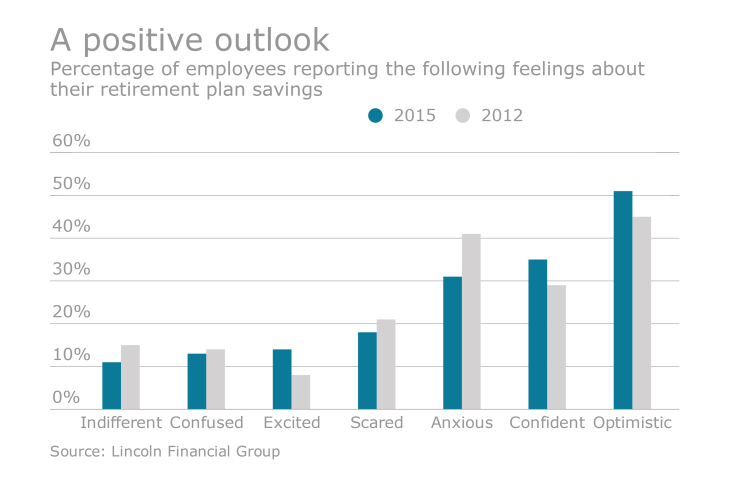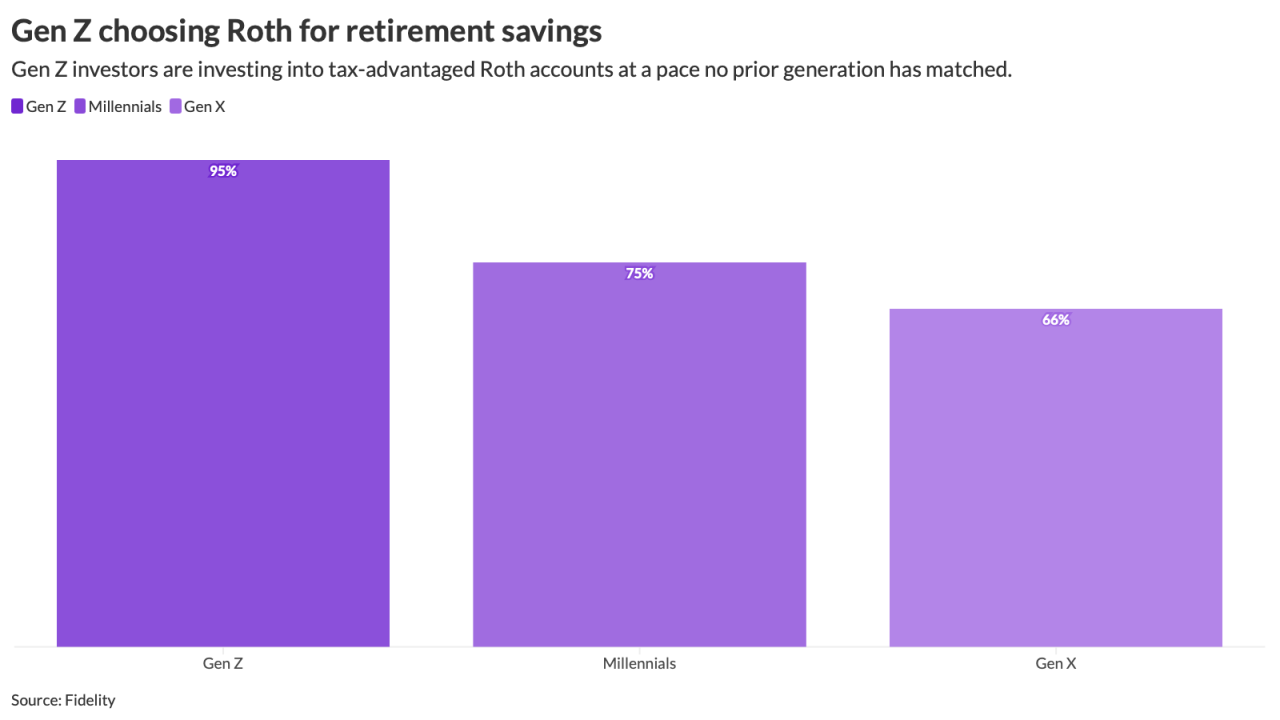If you’ve ever broken a bone, it doesn’t take long before the pain signals that you need to go see a doctor — the sooner the better. The friction encountered while moving a retirement savings account from an old-employer plan to a current-employer plan when changing jobs sends similar pain signals through most participants. With the Employee Benefit Research Institute indicating that the average participant will have 7.4 jobs in their adult working career, the risk of participants incurring a fracture in their retirement savings is very high.
Given the complex and time-consuming nature of
With millions of Americans suffering from fractured retirement savings, plan sponsors should take the initiative — and
The pain for participants
Just as a broken bone prevents someone from achieving full mobility, multiple fractures in a participant’s retirement savings across their working life harms that person’s financial wellness. The millions of Americans who have either prematurely cashed out their 401(k) accounts or left them behind in their former-employer plans have fractured their retirement savings, and prevented themselves from achieving optimal financial wellness. In 2009, just three years after the Pension Protection Act of 2006 permitted plan sponsors to

Furthermore, EBRI estimates that more than 14 million Americans with active 401(k) savings accounts change jobs every year, and 31% of them cash out their accounts after leaving their previous employers — the most detrimental decision a job-changer can make. A hypothetical 30-year-old worker who cashes out a 401(k) account with a $5,000 balance today would forfeit more than $52,000 in compounded savings by age 65, if we assume the account increases in value by 7% per year. In addition to hitting retirement-savers in their pocketbooks during retirement, cash-outs require them to pay taxes and early withdrawal fees at the time they cash out — a double whammy against the worker’s retirement readiness.
Participants who strand their 401(k) accounts in their former-employer plans also deplete their retirement savings over the long term. If that same hypothetical 30-year-old leaves behind $5,000 in retirement savings in a former-employer plan today, they would wind up paying $2,052 in fees on that account by age 65, which, on a compounded basis, translates to $8,488 in total lost savings.
The above losses only apply to one cashed-out or stranded account. But given EBRI’s estimate of job changes in an average career, it doesn’t take much imagination to realize that participants who cash out, or abandon accounts, several times before they retire will incur several times those losses.
These “walking wounded” would appreciate help in mending their retirement savings fractures. The Boston Research Technologies survey cited above reported that a significant majority of respondents would like to see their savings consolidated in their current-employer plan every time they change jobs.
Auto-portability mends the fracture
Plan sponsors and record-keepers can,
Auto-portability is powered by technology which automates a process that, according to the Plan Sponsor Council of America, 97.6% of defined contribution plans are already capable of completing —
As more record-keepers and plan sponsors adopt auto-portability, the benefit for all participants in the U.S. retirement system will increase. Based on data provided by EBRI, the
· 248 million participants (an average of over 8 million participants per year) with 401(k) account balances of less than $15,000, holding aggregate savings of more than $1.1 trillion in nominal/unappreciated dollars, will change jobs.
· More than 48 million small-balance accounts with less than $15,000 — holding more than $320 billion in retirement savings — will be left behind in former-employer plans or rolled over to a
If left untreated, this trend will lead to more than 125 million cash-outs by job-changers, and the loss of $595 billion in retirement savings, over the next generation.
However, the APS found that, under a scenario where auto-portability is broadly adopted over the course of 10 years and remains in effect for another 20 years, and the mandatory distribution limit was raised from $5,000 to $15,000, the 248 million less-than-$15,000 accountholders who will change jobs over that time can retain nearly $590 billion in new savings — along with the balances in their previously stranded accounts. When we applied a 5% annual appreciation to the new savings, the APS predicted that auto portability would create more than $1.3 trillion in new retirement savings for today’s and tomorrow’s small-account participants.
So don’t ignore the painful consequences of retirement-saving fractures. Mend those fractures by helping participants routinely consolidate their savings in their active plans, and dramatically improve their financial wellness.
Spencer Williams is President and CEO of





